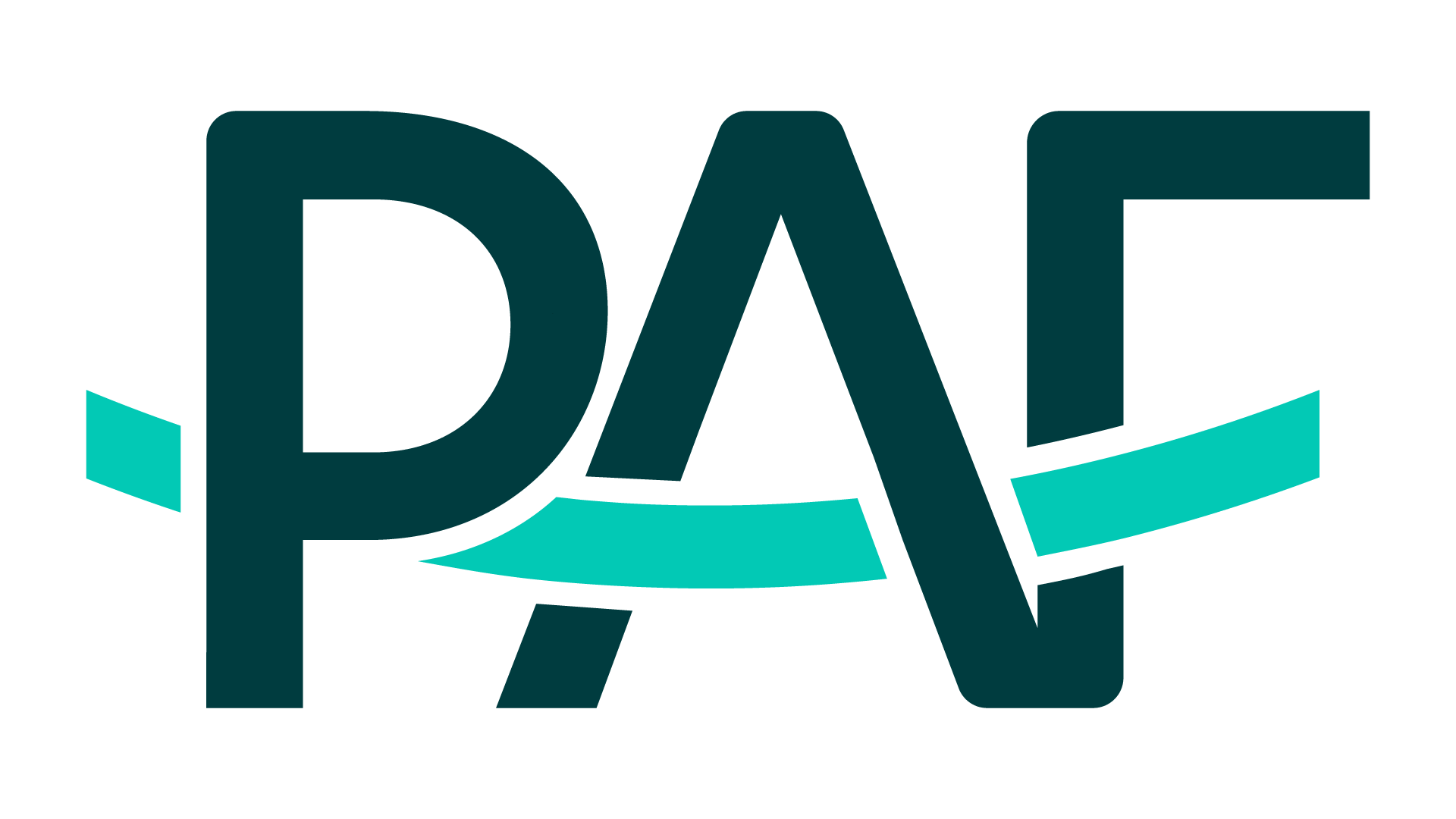Historically Marginalized Group/Population
Historically marginalized groups include: Black, Latinx, and Indigenous and Native American persons, Asian Americans, Native Hawaiians and Pacific Islanders, and other persons of color; LGBTQ+ persons; and persons with disabilities.
“Historically excluded” refers to any group of people that has been historically excluded from full rights, privileges and opportunities in a society or organization.*
*https://diversityofficermagazine.com/cultural-competence/diversitypedia/heg/
Economically Disadvantaged
An individual whose current household has an annual income below a level based on low-income thresholds according to family size published by the U.S. Bureau of Census, adjusted annually for changes in the Consumer Price Index, and adjusted by the Secretary of Health and Human Services for use in all health professions programs. These income levels are published annually in the Federal Register and can be viewed here.
Educationally Disadvantaged
An individual who comes from an environment that has hindered the individual in obtaining the knowledge, skills and abilities required to enroll in and graduate from a health professions school. The following are provided as examples for guidance only and are not intended to be all-inclusive:
- Person comes from a high school with low SAT scores or below the average state test results.
- Person comes from a school district where 50% or less of graduates go to college.
- Person has a diagnosed physical or mental impairment that substantially limits participation in educational experiences.
- Person for whom English is not their primary language and for whom language is a barrier to academic performance.
- Person is first generation in their family to attend college and who is from a rural or urban area or receiving public assistance.
*as defined by the Bureau of Health Professions, Health Resources and Services Administration, U.S. Department of Health and Human Services

